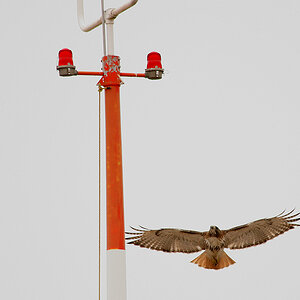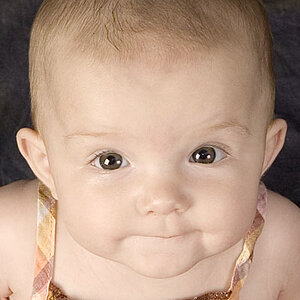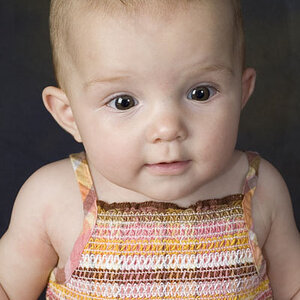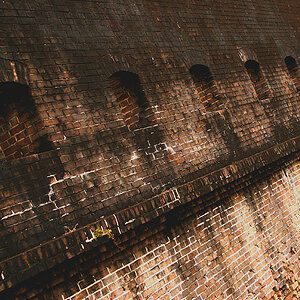AlexGavillan
TPF Noob!
- Joined
- Oct 23, 2017
- Messages
- 62
- Reaction score
- 6
- Location
- San Diego, CA
- Website
- www.instagram.com
- Can others edit my Photos
- Photos OK to edit
OK so, I think I know the answer to this question but I just need someone to clarify. When looking at lenses (Nikkor to be specific) I know that there are FX and DX lenses. The DX lenses will have the mm as to how it relates to 35mm film, got it! But here is where I get confused and what I think they (The manufacture means)
I have the 1.8 AF-S Nikkor 35mm DX lens. I know that this gives me about 50mm since I have the 1.5 crop factor BUT on the lens itself (this is the DX version) it states 35mm. Here is my guess and please excuse the non technical terms as I don't think i know them.
My guess is that since the sensor on a full frame camera is bigger the opening on the lens itself (the part that connects to the front of the camera) is larger to accommodate for the full frame sensor, but the DX one, since its a crop sensor has the opening that works best for a crop sensor camera.
I guess I get confused because I would just assume that on a DX lens the manufacture would put "Oh you want a 50mm on your crop sensor well actually put 50mm on that type of lens VS just putting the 35mm equivalent." Example, if I want a 105mm lens that's DX there is still a 1.5 crop factor which really gives me the focal length of a 155mm.
I hope this makes sense and someone can just say, "Yup, that's what that means." haha
Thanks,
Alex
I have the 1.8 AF-S Nikkor 35mm DX lens. I know that this gives me about 50mm since I have the 1.5 crop factor BUT on the lens itself (this is the DX version) it states 35mm. Here is my guess and please excuse the non technical terms as I don't think i know them.
My guess is that since the sensor on a full frame camera is bigger the opening on the lens itself (the part that connects to the front of the camera) is larger to accommodate for the full frame sensor, but the DX one, since its a crop sensor has the opening that works best for a crop sensor camera.
I guess I get confused because I would just assume that on a DX lens the manufacture would put "Oh you want a 50mm on your crop sensor well actually put 50mm on that type of lens VS just putting the 35mm equivalent." Example, if I want a 105mm lens that's DX there is still a 1.5 crop factor which really gives me the focal length of a 155mm.
I hope this makes sense and someone can just say, "Yup, that's what that means." haha
Thanks,
Alex


![[No title]](/data/xfmg/thumbnail/42/42019-e6f4e7422d2f8ec66dade714c8b21766.jpg?1619739979)
![[No title]](/data/xfmg/thumbnail/39/39533-c2c39d37e833a4689533c897ace8c348.jpg?1619739073)

![[No title]](/data/xfmg/thumbnail/30/30883-04222f7ae234efdf80dff6f96ddad16f.jpg?1619734495)
![[No title]](/data/xfmg/thumbnail/39/39440-bc17565eb7adee7f9859c53933e8543c.jpg?1619739033)

![[No title]](/data/xfmg/thumbnail/34/34142-948c6bafdf60862125009004d5a06e46.jpg?1619736315)




![[No title]](/data/xfmg/thumbnail/39/39438-1eb8b5f82b59d9d0c72ae9025778ed4c.jpg?1619739032)